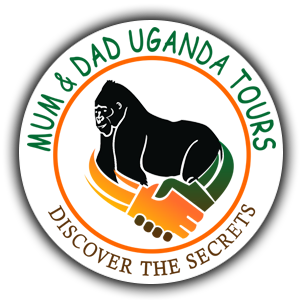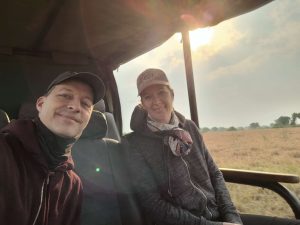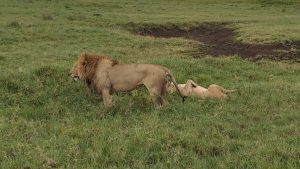- Home
- Gorilla Tours
- Uganda
- Wildlife
- 3 Days Murchison Falls Safari
- 3 Days Queen Elizabeth National Park
- 3 Days Semliki National Park Tour
- 3 Day safari to Lake Bunyonyi
- 5 Days Uganda Wildlife Safari
- 5 Days Kidepo Wildlife Safari tour
- 7 Days Murchison Falls, Semliki & Kibale Trip
- 8 Days Kibale, Queen & Bwindi Safari
- 9 Days Uganda Safari
- 10 Days Uganda primates and wildlife safaris
- 11 Day Uganda Safari Trip
- 12 Day Gorillas & Wildlife Safari in Uganda
- 15 Day Wildlife & Adventure Safari
- 21 Day Explore Uganda Safari
- Family Tours
- Day Tours
- Cultural Tours
- Wildlife
- Rwanda
- Kenya
- Tanzania
- Congo
- Combined Safaris
- 4 Days Uganda & Rwanda Gorilla Safari Tour
- 5 days Rwanda Uganda Gorilla Trek
- 5 days Gorillas and Nyirangongo hike
- 6 days Uganda Rwanda Gorilla Tour
- 8 days Gorilla & Chimp Trekking Safari
- 9 Days Uganda Rwanda Gorilla & Chimps
- 12 Day Best of Uganda Rwanda Safari Tour
- 18 Day Uganda Rwanda Safari Holiday
- Parks
- About us
- Blog
- Contact Us

 It has a population of about 69.8 million people according to the last estimate conducted in
It has a population of about 69.8 million people according to the last estimate conducted in  Other wildlife highlights include chimpanzee trekking, checking out African wild dogs, and being awestruck by the several million wildebeest, gazelle and zebra on their annual migration.
Other wildlife highlights include chimpanzee trekking, checking out African wild dogs, and being awestruck by the several million wildebeest, gazelle and zebra on their annual migration.